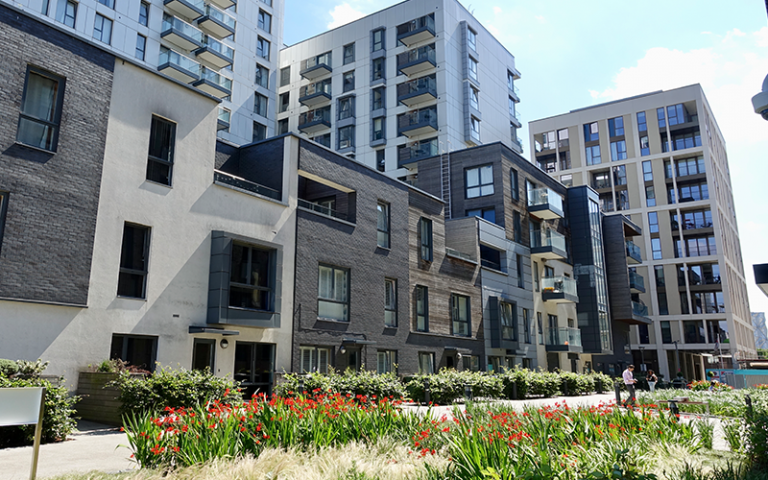Promoting high quality urban design in the UK
Researchers at UCL Bartlett established the Place Alliance, a collaborative network that provides leadership, influences policy and ultimately promotes high quality urban design in the UK.

28 April 2022
Established in 1999, the Commission for Architecture and the Built Environment (CABE) was a public body of the UK government whose purpose was to drive design quality in the UK built environment. Until funding cuts led to its demise in 2011, CABE drew on the expertise of architects, designers and planners to promote design-led planning and development in the UK. Its dissolution left a gap in the shape of a national champion for better design in the built environment.
Between January 2013 and August 2014, a team of UCL Bartlett researchers led by Professor Matthew Carmona set out to examine the urban design governance tools developed by CABE and draw out lessons for how these could be used outside of government.
The Place Alliance is born
By 2014, the researchers had developed enough insight to establish a new initiative, designed to start to fill the leadership gap left by CABE. This came in the shape of the Place Alliance, a cross-sector, collaborative network endorsed by more than 100 professionals from 77 organisations in the UK’s architecture, design and built environment industry.
The Place Alliance provides a wealth of tools and reports to promote high quality urban design amongst built environment professionals and policymakers. For example, its Place Value Wiki provides a collective resource for planners, policymakers, architects and others, which allows researchers to freely edit and add evidence. The evidence gathered through the wiki provided the basis for the Place Value and the Ladder of Place Quality, a guide for quality design in place-making. These tools have been used by local authorities and international professionals alike, and provide valuable tools for design-led place-making.
The importance of local knowledge in decision-making
Drawing on lessons from CABE, the Place Alliance also uses a networked approach, bringing more inclusivity to urban design leadership and placing emphasis on the importance of local knowledge in decision-making.
This approach has helped to bring together diverse groups with common goals. For example, in ‘A Housing Design Audit for England’, the Place Alliance brought together diverse groups from the Campaign to Protect Rural England (CPRE) to the Home Builders Federation and the UK Green Building Council to conduct Design Audits of 142 housing developments across England. This audit was then used by the Building Better Building Beautiful Commission to advise government on how to promote high-quality design in new housing developments.
Raising local design standards
More broadly, the Place Alliance has helped to move design quality to the forefront of built environment policy. It encouraged the UK government to redirect funds to a specific Design Quality Fund and the network has been recognised by senior policymakers as providing an effective academic foundation for design-led policymaking. Local authority design officers are similarly now finding that Place Alliance evidence can help them make the case for raising local design standards.
Finally, Bartlett researchers have also led a campaign for a new national body to lead on design quality. Bringing together interested parties including charities, special interest groups and urban design professionals, the Place Alliance has been influential in the government’s 2021 announcement of a new Office for Place.
Research synopsis
The Place Alliance: A champion of place quality in England
Recognising a gap in UK urban design governance, Bartlett researchers established the Place Alliance, an influential design governance voice in the UK. This collaborative network has helped to provide evidence for design quality in urban development, provided sectoral leadership through its networked approach and influenced design policy in the UK.
Research team: Matthew Carmona, Claudio de Magalhães, Lucy Natarajan and Valentina Giordano
Links
- Professor Matthew Carmona’s academic profile
- Professor Claudio De Magalhaes' academic profile
- Dr Lucy Natarajan's academic profile
- Valentina Giordano's academic profile
- The Bartlett School of Planning, UCL
- The Bartlett, UCL Faculty of the Built Environment
- The Bartlett REF 2021
Image
- Image credit: Matthew Carmona
 Close
Close

